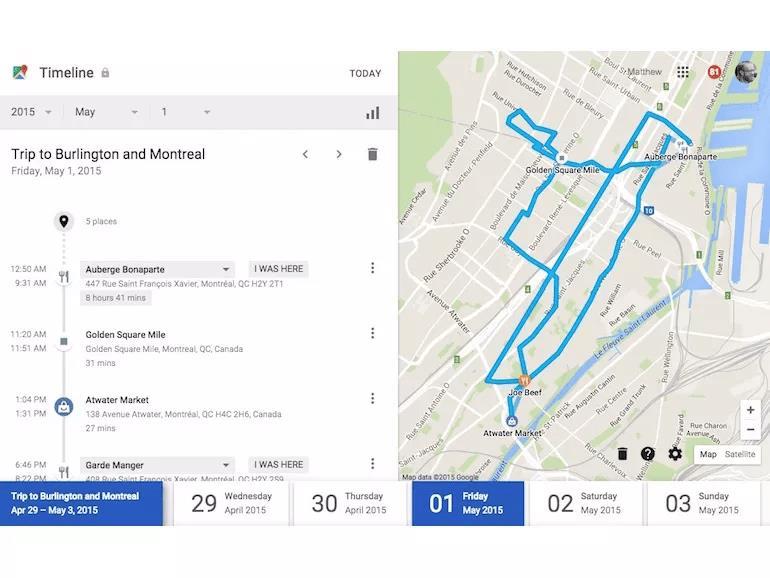
China suppressed Covid-19 with AI and big data
(MENAFN- Asia Times) China used locational and other data from hundreds of millions of smartphones to contain the spread of COVID-19, according to Chinese sources familiar with the program. In addition to draconian quarantine procedures, which kept more than 150 million Chinese in place at the February peak of the coronavirus epidemic, China used sophisticated computational methods on a scale never attempted in the West.
With more than 80,000 cases registered, China reported only 126 new cases yesterday, compared to 851 in South Korea and 835 in Iran, out of a total of 1,969 new cases worldwide. Chinese sources emphasize that the artificial intelligence initiative supplemented basic public health measures, which centered on quarantines and aggressive efforts to convince Chinese citizens to change their behavior.
Chinese government algorithms can estimate the probability that a given neighborhood or even an individual has exposure to COVID-19 by matching the location of smartphones to known locations of infected individuals or groups. The authorities use this information to use limited medical resources more efficiently by, for example, directing tests for the virus to high-risk subjects identified by the artificial intelligence algorithm.
All smartphones with enabled GPS give telecom providers a precise record of the user's itinerary. Smartphone users in the United States and Europe can access their own data, but privacy laws prevent the government from collecting this data. China has no such privacy constraints, and telecom providers have used locational data for years for advertising. A Chinese bank executive reports that his company purchases locational data from telecom providers. 'If you have walked by an auto dealership three times in the last few weeks, we send you a text advertising an auto loan,' the executive said. 'We wouldn't be allowed to do that in the West.

Google tells you where you've been and when, but public health authorities in the US can't use the data.
It is not known how long China has been able to crunch the massive amount of locational data generated by smartphones. In 2015 I toured Huawei's headquarters in Shenzhen, and saw a 12-by-12-foot map of Guangzhou City with countless small lights. Each of these denoted a smartphone, a Huawei official explained, and the company's data scientists could tell you the foot traffic at the site of a prospective new fast-food restaurant.
China also uses electronic records of medicine purchases to identify sick individuals who may have attempted to flee quarantine.
Big data analysis helps Chinese authorities establish the chain of transmission of the virus, which remains a mystery in most other countries. In America's Washington State, researchers identified two cases of COVID-19 with an identical genetic signature, but with infections that began six weeks apart. The New York Times reported, 'The two people live in the same county, but are not known to have had contact with one another, and the second case occurred well after the first would no longer be expected to be contagious. So the genetic findings suggest that the virus has been spreading through other people in the community for close to six weeks, according to one of the scientists who compared the sequences.'
China would have analyzed where the infected individuals had been during the that six-week interval and identify all the possible points of intersection, and then required tests of all the possible intermediate carriers of the virus.
Draconian measures at the outset of the virus outbreak probably reduced the rate of infection, but at a cost. When the city of Wuhan emerged as the epicenter of the epidemic, the Chinese authorities knew that their supplies of test kits, medicines and above all oxygen – the life-saving treatment for severe pneumonia cases – were inadequate to meet the sudden demand. By cordoning off Wuhan, the Beijing government accepted a high death rate in that city. 'In the United States,' a knowledgeable Chinese source commented, 'every one of the critically ill patients in Wuhan would have had a medical malpractice lawyer.'
China's apparent success in containing COVID-19 may not be matched by Western countries that lack the political controls as well as the access to individuals' personal data.

Legal Disclaimer:
MENAFN provides the
information “as is” without warranty of any kind. We do not accept
any responsibility or liability for the accuracy, content, images,
videos, licenses, completeness, legality, or reliability of the information
contained in this article. If you have any complaints or copyright
issues related to this article, kindly contact the provider above.

















Comments
No comment